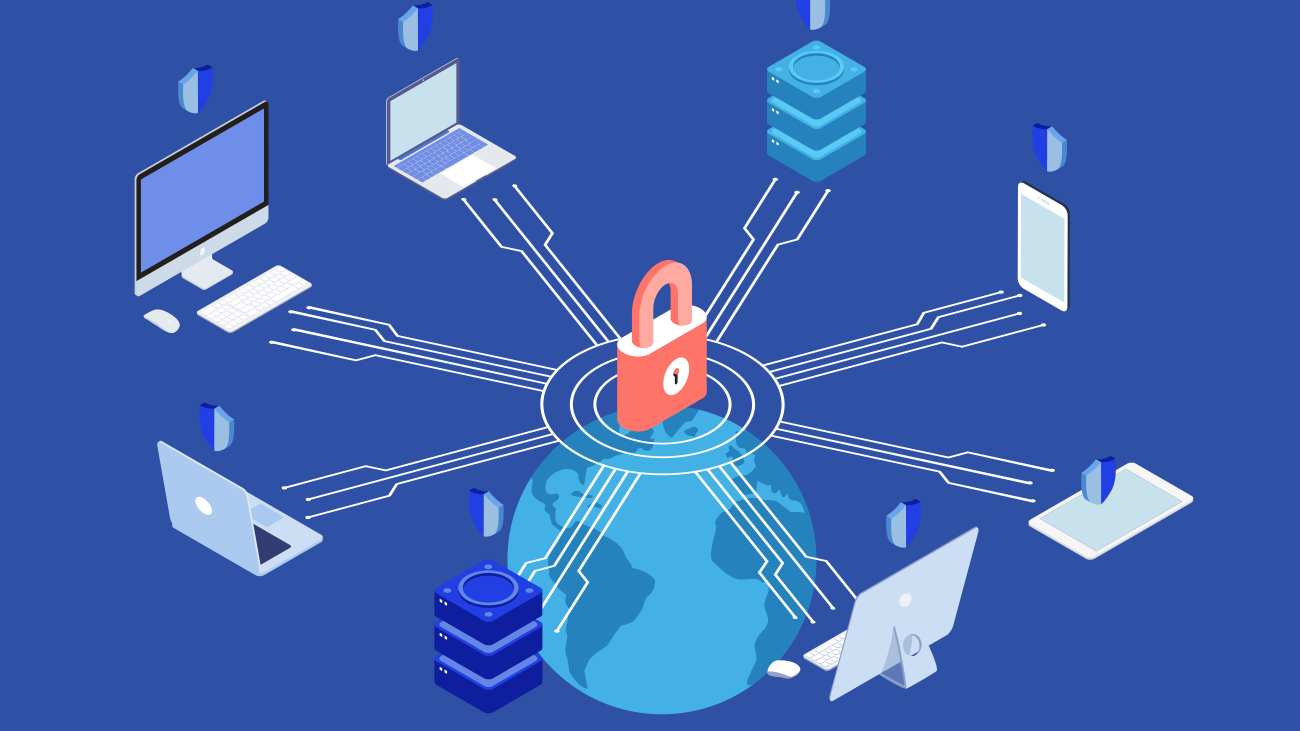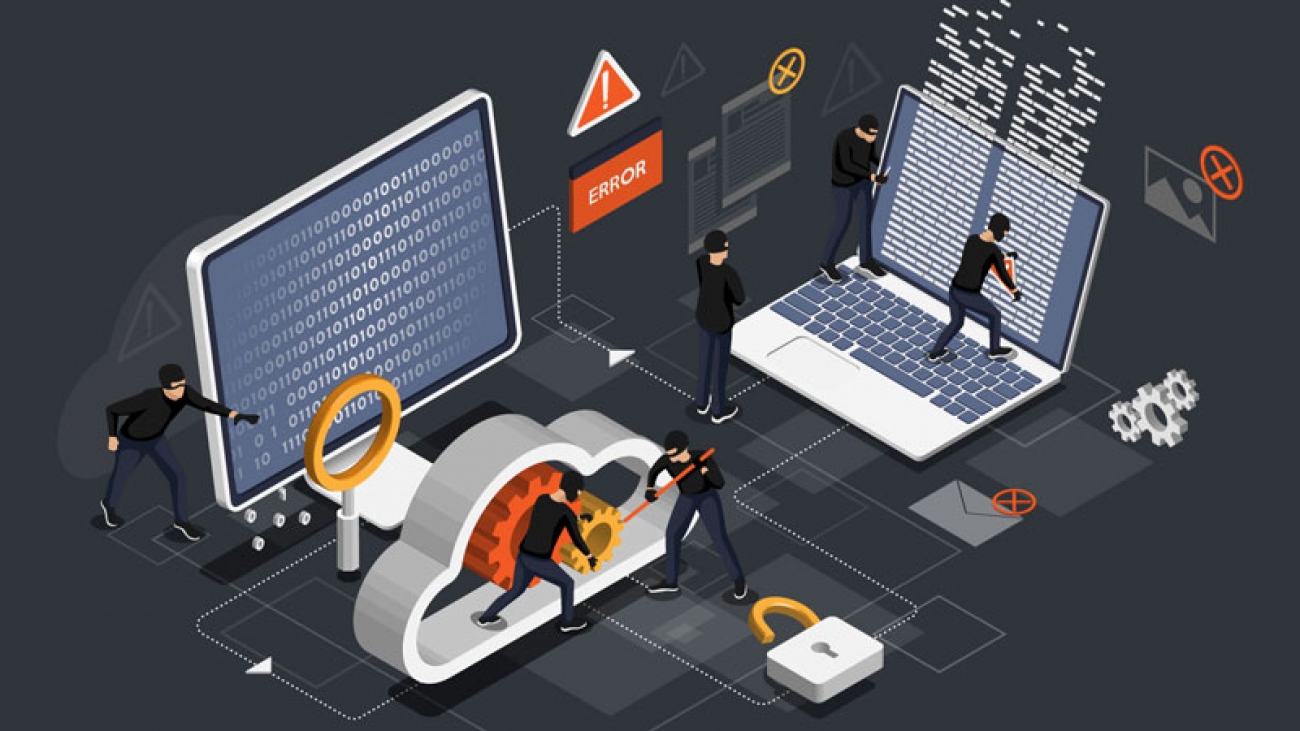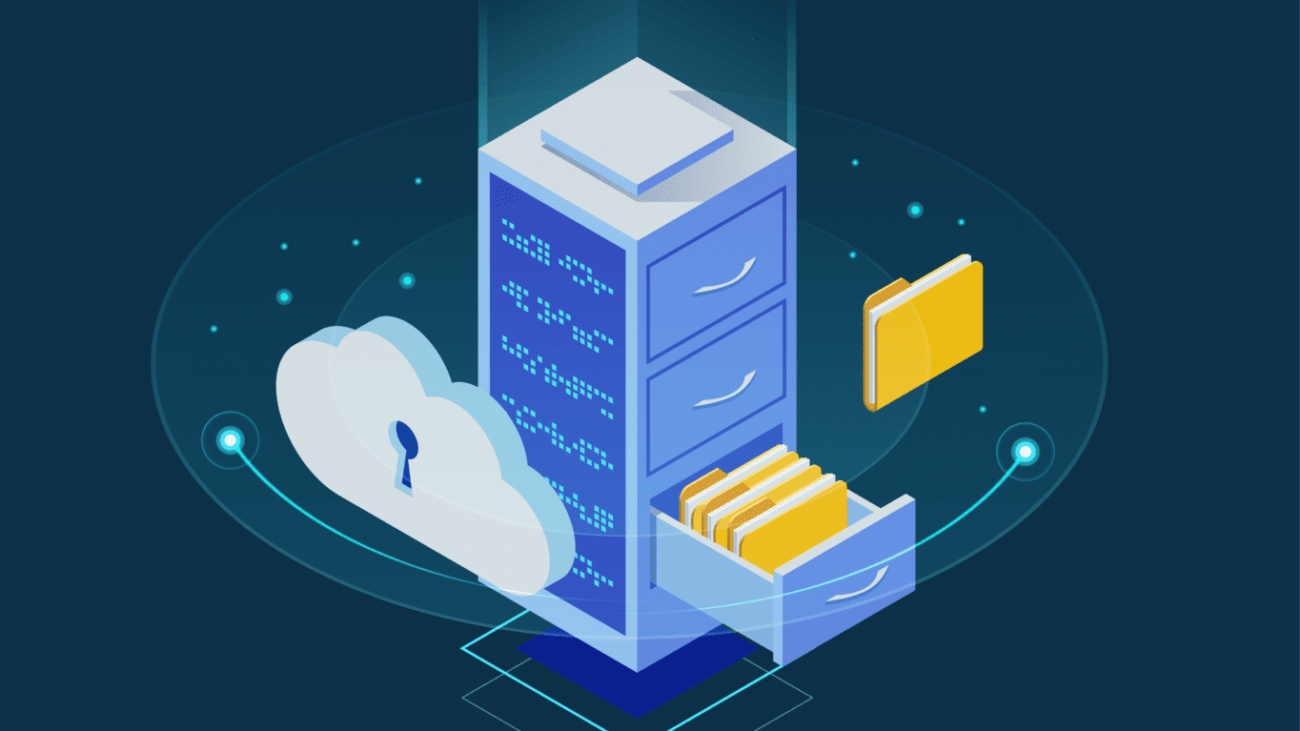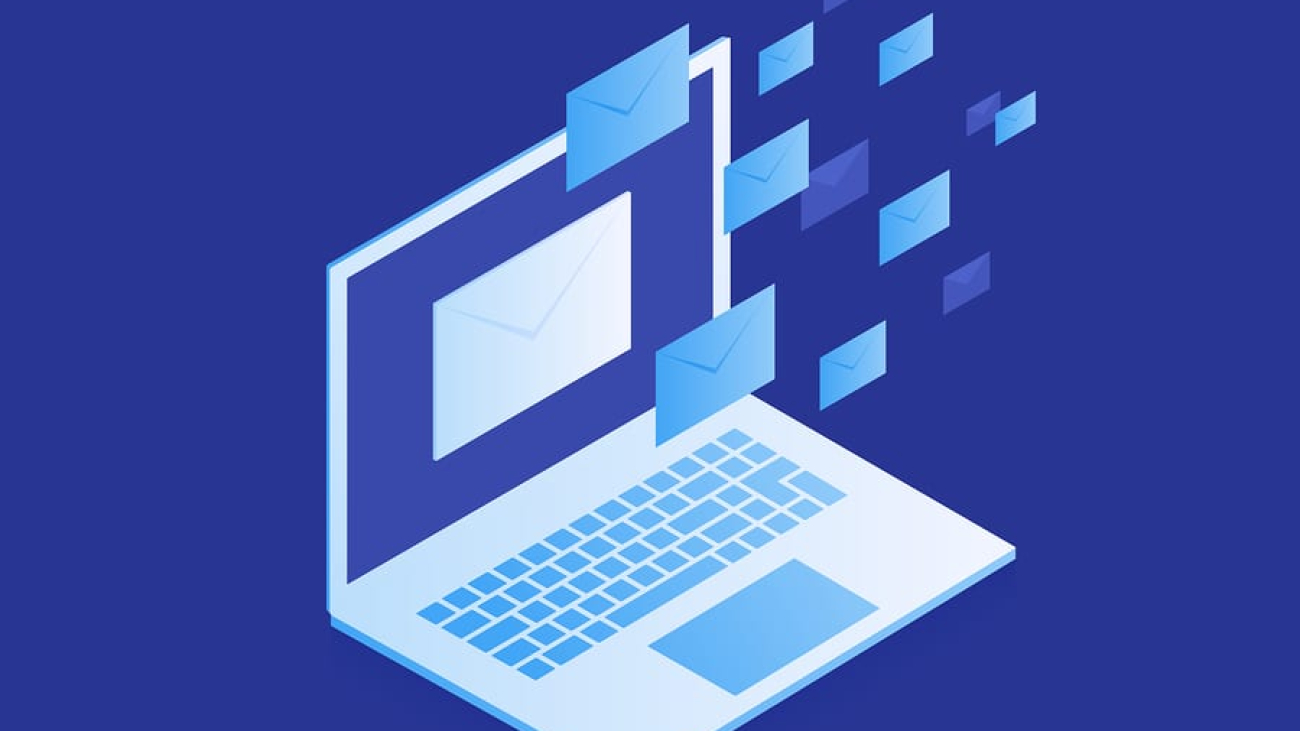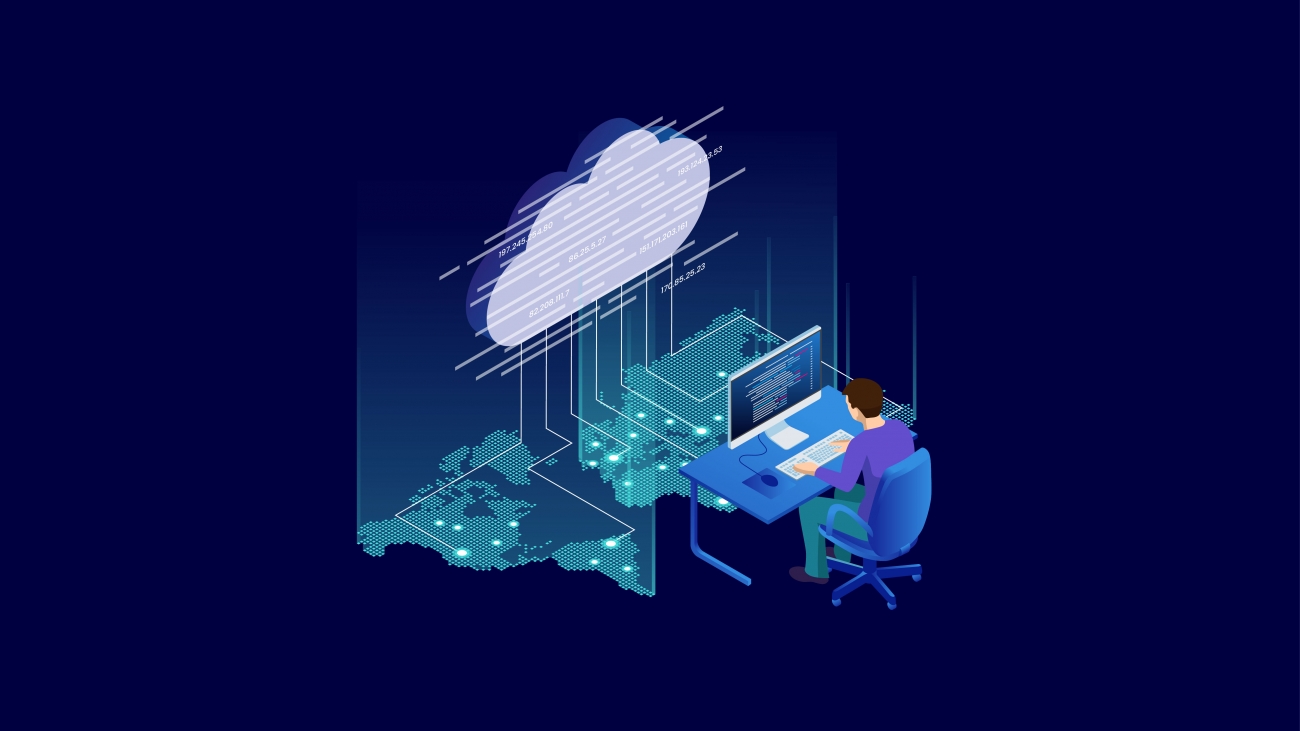
According to Forbes, 60% of people use a mobile device for work purposes. As mobile usage continues to increase, so does the risk of organizations mobile device security.
Earlier this year, Amazon CEO Jeff Bezos’ mobile device was hacked through a specially coded WhatsApp message.
This incidence raises an important point: if one of the most successful technology companies is vulnerable to a data leakage attack, then so are other companies. Mobile security is a major concern for companies in 2020. Nearly all employees routinely access company information through their mobile devices. As with other forms of hacking, knowledge and prevention are often the best defenses against attacks.
Here are a few of the most common types of mobile devices attacks that are hurting your company:
1. WiFi Interference
Mobile devices are only as secure as the networks they use to transfer data. Network spoofing attacks continue to increase, but employees often skip securing their connection and instead rely on public networks. This leaves the door wide open for cybercriminals to steal private information. Connecting to an effective VPN is a simple way to close these doors and save companies from data loss.
2. Data Leakage
Data leakage, also known as data breach or data spill, is the act of releasing secure or private information to an untrusted environment. This happens when users improperly setup apps on their mobile devices and inadvertently allow apps to see and transfer their information – which is exactly what happened to Jeff Bezos earlier this year.
Another great example is an employee tracking workouts at a company gym, revealing the headquarters location.
Data leakage can also be caused by accidental disclosure. Due to the small size of a mobile screen, users sometimes select the wrong recipient when sending information. It’s a simple mistake, but the consequences can be severe.
3. Social Engineering
Social engineering is one of the top causes of data breaches on mobile devices. These threats typically start with email. Mobile email applications often only display the name of the sender, which makes it extremely easy for an attacker to pose as a high-level user in an organization and fool unsuspecting employees into sharing sensitive information or granting remote access to protected resources. Employees should always be skeptical of email requests for system access or sensitive data.
4. IoT Devices & Out of Date Software

These days, the latest lightbulbs, refrigerators, thermostats, TVs, tablets, e-readers, and watches might have more in common than you’d expect. Many are part of the IoT, or Internet of Things. An IoT device generally refers to any internet-enabled piece of technology that you might not expect to have internet access, and often doesn’t require human operation.
And when it comes to network security, that internet-enabled thermostat or refrigerator might not be so “smart” after all. Any device connected to a network is a potential threat, and many IoT devices have glaring flaws in their security, and often unsecured software and unencrypted communication.
Many of these devices are not supported with software updates – essentially becoming an open door for hackers. As the popularity of IoT devices continues to grow, it’s imperative that users understand their flaws and how they can compromise a network.
What can you do to enhance the mobile device security in your organization?
1. Implement a strong company policy on mobile security.
This might sound like an obvious solution, but a little can go a long way. Incorporating security requirements into training, policies, and everyday activities can help ensure employees adhere to proper security practices when using mobile devices.
2. Invest in effective VPNs that are easily accessible for employees who work on the go.
VPNs provide a convenient means of accessing a secure network for accessing sensitive resources. When it comes to everyday users, sometimes accessibility and ease-of-use are the best solutions for preventing security mistakes.
3. Enforce two-factor authentication (2FA) on necessary applications.
Though mobile devices bring new risks, they can also provide solutions. 2FA provides an additional authentication step during the login process that requires a code that’s sent to a specified 2FA device. With this method, an attacker with access to a set of user credentials will be unable to sign in without access to the user’s device.
In this new decade of cybersecurity threats and solutions, is your company incorporating enough mobile security practices to ensure its safety?
Dexter Edward offers a secure, customizable, and user-friendly VPN service that includes communication and collaboration services, file sharing, and much more.
Contact one of our industry experts today to learn more about how we can protect your organization in the new age of mobile security threats.


